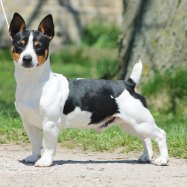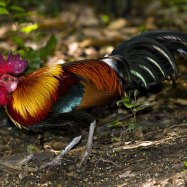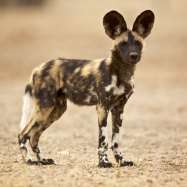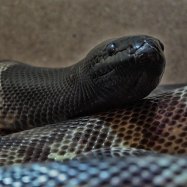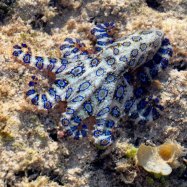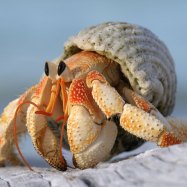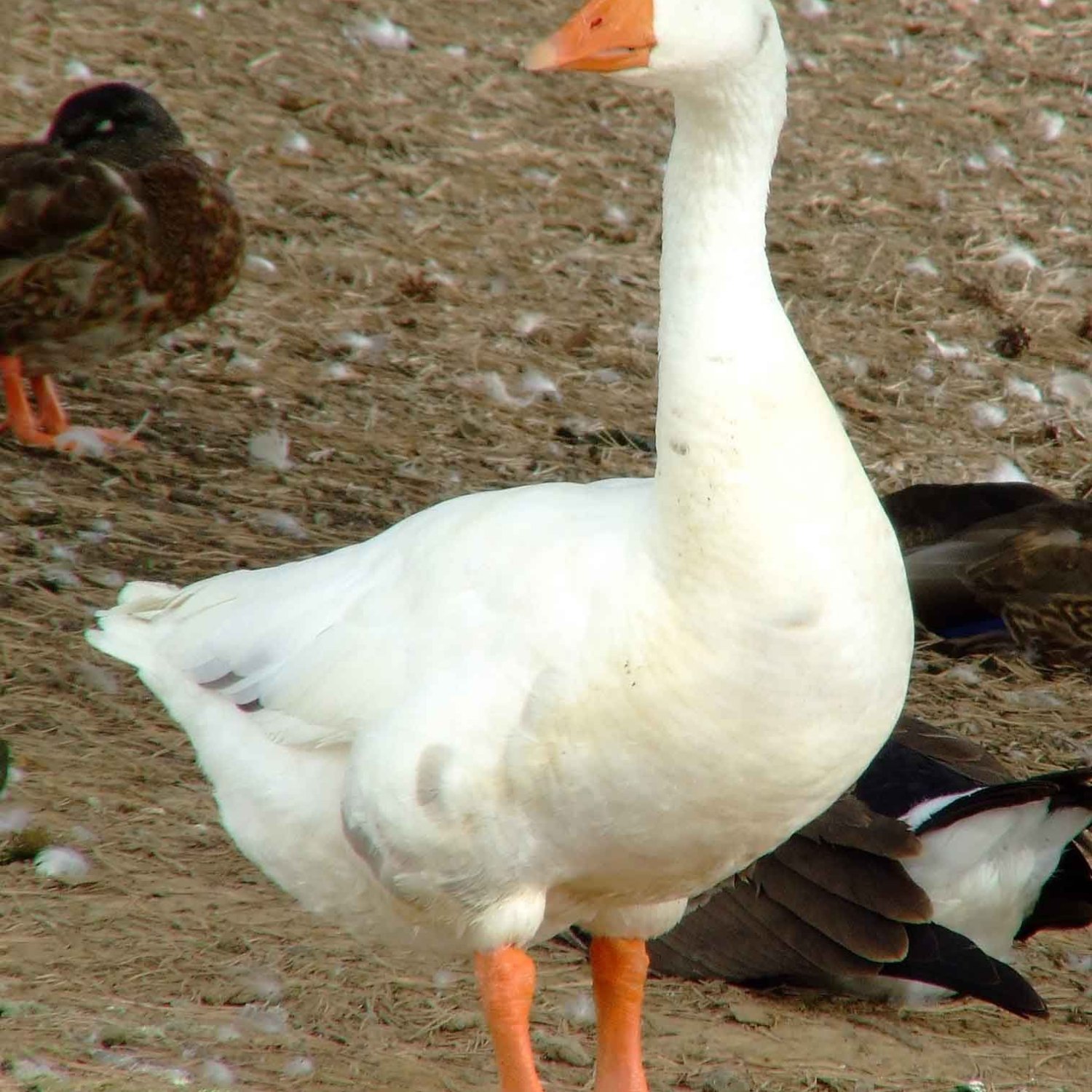
Goose
60-90 cm (24-35 inches)
Geese are majestic birds found in North America, Europe, and Asia. Belonging to the Anatidae family, they have a large body, long neck, and impressive wingspan of 60-90 cm. These graceful creatures are a common sight in both rural and urban areas, making them a beloved part of our natural world. #WildlifeWednesday #Goose #Birds
Animal Details Summary:
Common Name: Goose
Kingdom: Animalia
Habitat: Wetlands, grasslands, farmlands, and coastal areas
Discovering the Majestic Goose: Anser Anser
The world is full of diverse and fascinating creatures, each with its own unique characteristics and behaviors. From the depths of the ocean to the highest mountains, there is a vast array of species waiting to be explored and admired. In this article, we will delve into the world of one such animal – the goose.Geese are a part of the family Anatidae, which also includes swans and ducks Goose. These majestic avian creatures are widely distributed in the Northern Hemisphere, with their origins dating back to Europe. They have also made their way to other parts of the world like North America and Asia.
At first glance, geese may seem like simple and common birds, but there is more to them than meets the eye. So, let's explore the unique features of these fascinating creatures – from their biology to their behavior – and discover why they have captured the attention of humans for centuries.
Classification and Appearance
Geese belong to the kingdom Animalia, phylum Chordata, and class Aves. They are part of the order Anseriformes, which also includes swans and ducks. The scientific name for the goose is Anser anser, also known as the graylag goose.One of the striking features of geese is their large body size, with a wingspan ranging from 60-90 cm (24-35 inches). They have a long neck, horizontal posture, and webbed feet, making them well-adapted to their aquatic environments Golden Eagle. Geese have a sturdy and compact body structure, with a typical body weight of 3-9 kg (6.6-19.8 lbs).
The coloration of geese varies from species to species, but they are commonly white, gray, or brown. Depending on the species, the neck, head, and chest can also have distinct patterns and colors. For instance, the Canada goose has a black head and neck, while the domesticated white goose is, as the name suggests, entirely white.
Habitat and Distribution
Geese are highly adaptable birds and can be found in various habitats, including wetlands, grasslands, farmlands, and coastal areas. They prefer to live near water bodies such as lakes, ponds, and rivers, where they can find food and refuge.When it comes to distribution, geese can be found in different parts of the world, primarily in the Northern Hemisphere. They are native to Europe, with the graylag and greylag goose being prominent species. However, many species have been introduced to other parts of the world, such as the Canada goose in North America and the graylag goose in Asia.
Diet and Feeding Behavior
Geese are primarily herbivorous, meaning they mainly feed on plant material. Their diet consists of various grasses, grains, aquatic plants, and occasionally insects and small fish. They have special serrated edges on their bills that allow them to cut and grind tough vegetation easily.One of the unique behaviors of geese when feeding is their ability to graze on land and dive underwater to feed on aquatic plants. They often feed in large flocks, and their grazing patterns can lead to significant changes in the landscape. In some cases, this can even benefit other species by creating new habitats for them.
Behavior and Social Interactions
Geese are highly social animals and are often seen in large flocks, known as gaggles, particularly during the breeding season. They are also known to mate for life, and pairs will usually stay together for multiple breeding seasons.One of the most famous behaviors of geese is their formation in a V-shaped flying pattern during migration. This flying formation allows the geese to conserve energy and fly for longer distances, as the lead bird takes the brunt of the wind resistance, making it easier for the rest of the flock to fly.
When it comes to interactions with humans, geese can be quite territorial and protective of their young. They may become aggressive and attack if they feel threatened or if their nest or offspring is in danger. This behavior is mostly seen during the breeding season, and it is essential to respect their space and avoid any confrontation.
Conservation and Cultural Significance
For centuries, geese have played a significant role in various cultures and mythologies. In Greek mythology, geese were associated with the goddess Aphrodite and were believed to be sacred animals. In Egyptian culture, they were linked to the god Geb and symbolized vigilance and fertility.In modern times, geese are highly valued and have even been domesticated for their meat, feathers, and eggs. However, this has also caused a decline in wild goose populations in certain areas, leading to conservation efforts to protect and preserve their natural habitats. Hunting and habitat loss are the primary threats to geese, and people are encouraged to practice responsible hunting and conservation measures to maintain a healthy balance for these birds in the wild.
The Significance of Geese in Natural Language Processing
With the rise of new technologies, Natural Language Processing (NLP) has become an integral part of our daily lives. NLP involves teaching computers to understand and process human language, which is essential for applications like voice assistants, chatbots, and automatic translation.Interestingly, geese have played a crucial role in the development of NLP. In the 1950s, linguist Noam Chomsky used various examples to illustrate the fundamental principles of language, and one of them was a sentence involving geese – "colorless green ideas sleep furiously." This sentence shows that even if the words are grammatically correct, they may not make sense when put together. This concept helped lay the foundation for NLP and the understanding of human language.
In Conclusion
In conclusion, geese are magnificent creatures that are often overlooked. They have captured the attention and imagination of humans for centuries, from their unique flying patterns to their prominent roles in various cultures. Geese's adaptability, intelligence, and social behaviors make them fascinating animals to observe and learn about.As we continue to explore and understand the world around us, let us not forget to appreciate and protect the diverse species that share our planet. So, the next time you see a flock of geese flying above, take a moment to admire their beauty and the remarkable role they play in our natural world. As the saying goes, "birds of a feather flock together," and geese are a remarkable reminder of the power of unity and teamwork.

Goose
Animal Details Goose - Scientific Name: Anser anser
- Category: Animals G
- Scientific Name: Anser anser
- Common Name: Goose
- Kingdom: Animalia
- Phylum: Chordata
- Class: Aves
- Order: Anseriformes
- Family: Anatidae
- Habitat: Wetlands, grasslands, farmlands, and coastal areas
- Feeding Method: Herbivorous
- Geographical Distribution: Northern Hemisphere
- Country of Origin: Europe
- Location: North America, Europe, and Asia
- Animal Coloration: Varies depending on the species, but commonly white, gray, or brown
- Body Shape: Large body with a long neck and wingspan
- Length: 60-90 cm (24-35 inches)
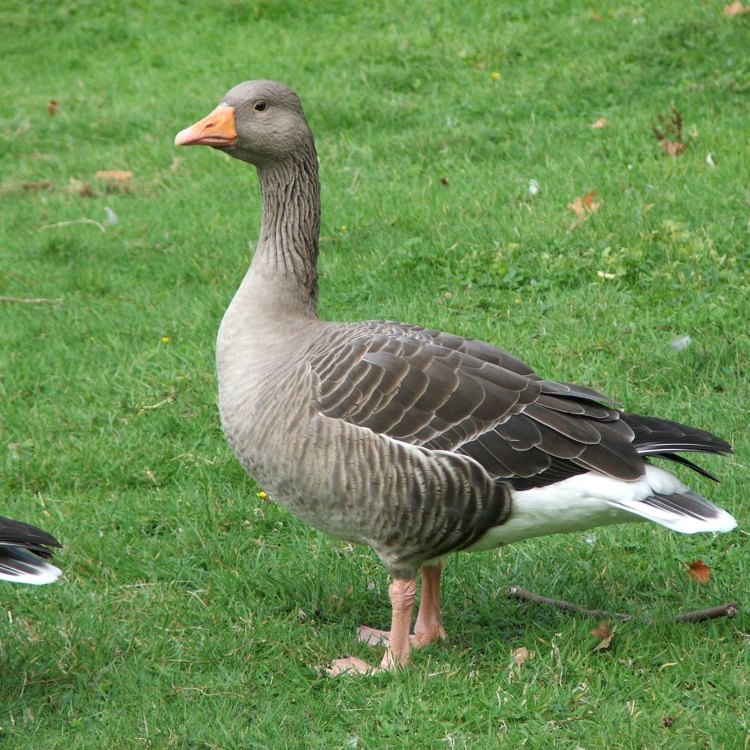
Goose
- Adult Size: 5-14 kg (11-31 pounds)
- Average Lifespan: 20-30 years
- Reproduction: Sexual
- Reproductive Behavior: Monogamous
- Sound or Call: Honking
- Migration Pattern: Migratory
- Social Groups: Flocks
- Behavior: Social, territorial, and aggressive towards intruders
- Threats: Habitat loss, pollution, hunting
- Conservation Status: Least Concern
- Impact on Ecosystem: Important for seed dispersal and maintaining wetland ecosystems
- Human Use: Meat, eggs, feathers
- Distinctive Features: Large size, long neck, and distinctive honking sound
- Interesting Facts: Geese can fly in a V-formation to conserve energy during long flights. They also mate for life and display strong family bonds.
- Predator: Foxes, coyotes, eagles, and humans
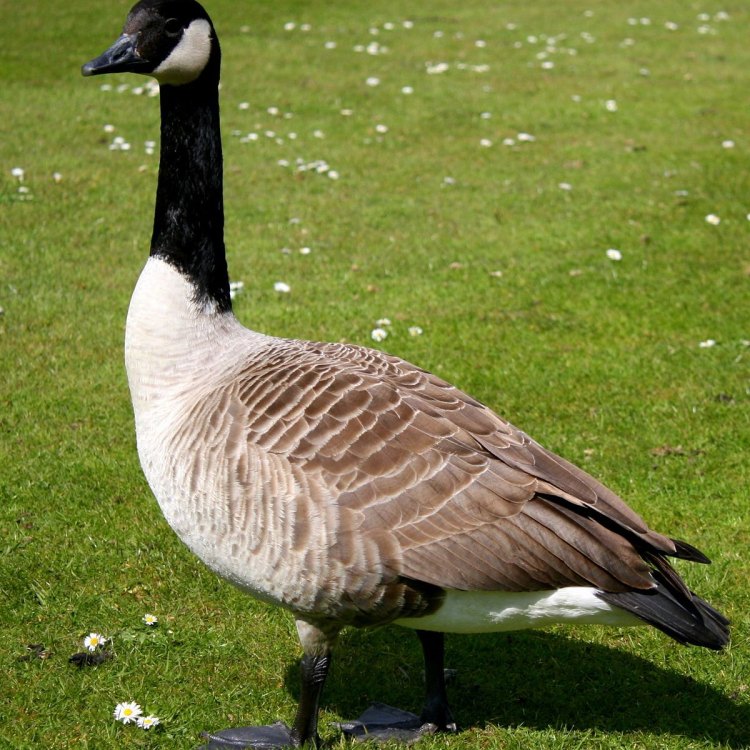
Anser anser
The Graceful Goose: A Keystone Species and Versatile Resource
From nursery rhymes to fairy tales, geese have been portrayed in various ways throughout literature and pop culture. But beyond their often-lighthearted depictions, these graceful birds play a crucial role in our ecosystem and have been utilized by humans for centuries. With a striking physical appearance and fascinating behaviors, geese continue to capture our attention and surprise us with their capabilities.Adult geese typically weigh between 5-14 kilograms (11-31 pounds) and have an average lifespan of 20-30 years PeaceOfAnimals.Com. But beyond their physical size and lifespan, there is much more to these birds that make them stand out in the animal kingdom.
A Monogamous Mating Ritual
In terms of sexual reproduction, geese exhibit a monogamous mating behavior. This means that they mate for life and form strong pair bonds. Once a pair has found each other, they will remain together for their entire lifetime, often returning to the same nesting spot and breeding season after season.This type of reproductive behavior is not only endearing but also serves an important purpose in maintaining healthy populations of geese. By forming strong family units, geese are able to successfully raise their young and ensure the survival of their species.
Social Creatures with a Taste for Territory
Geese are highly social creatures and are often found in large flocks, ranging from a few individuals to thousands. These flocks serve as protection against predators, with each individual taking turns to be on the lookout for danger.Within these flocks, there is a strong hierarchy and territorial behavior Gnat. Geese will fiercely defend their territory from intruders, often honking loudly and aggressively approaching them. This territorial behavior extends to their breeding grounds as well, where they will fiercely defend their nests and young.
This social and territorial nature of geese not only helps them survive but also makes for interesting and dynamic behaviors to observe.
Threats and Conservation Concerns
Like many other species, geese face a variety of threats in their natural habitat. Habitat loss due to human development and pollution are significant concerns for geese populations. The destruction of wetlands and other natural habitats affects their ability to find suitable nesting sites and food sources, ultimately impacting their reproduction and overall survival.Furthermore, hunting also poses a threat to geese populations. While regulated hunting can serve as a management tool, overhunting and poaching can significantly decrease their numbers. It is crucial for conservation efforts to monitor and regulate hunting to ensure the sustainable use of geese as a resource.
Currently, the conservation status of geese is classified as "Least Concern" by the IUCN (International Union for Conservation of Nature). However, continued monitoring and conservation efforts are necessary to preserve their populations and their crucial role in our ecosystem.
The Keystone Species: Role in Ecosystem Management
Geese may not seem like significant players in our ecosystem, but their presence serves as a vital role in maintaining balanced and healthy ecosystems. As grazers, geese help control the growth of vegetation in their habitats, preventing the overgrowth of plants that can affect the health of wetlands and other ecosystems.Moreover, geese are essential for seed dispersal. As they forage and migrate, they consume and deposit seeds in various locations, aiding in the growth and diversity of plant species. This role as seed dispersers helps maintain a healthy ecosystem, providing food and shelter for other animal species and supporting the overall balance of the natural world.
Geese as a Valuable Resource for Humans
Beyond their ecological significance, geese have been a valuable resource for humans for centuries. From their meat and eggs to their feathers, humans have utilized geese in various ways throughout history.In terms of food, geese are a popular choice for meat in many cultures. Their meat is said to be leaner and more flavorful than other poultry options, and their eggs are also a delicacy in many cuisines.
Moreover, geese feathers have been used for insulation and as a filling for pillows and mattresses. In ancient times, their feathers were even used for writing quills.
In recent years, the popularity of goose down jackets and bedding has also increased, making geese a valuable commodity in the fashion and home goods industries.
Distinctive Features and Interesting Facts
Geese possess several distinctive features that make them stand out in the animal kingdom. Their long necks and large size make them easily recognizable, and their honking sound is a characteristic that we often associate with these graceful birds.One of the most fascinating facts about geese is their ability to fly in a V-formation to conserve energy during their long migratory flights. In this formation, the lead goose takes the brunt of the wind resistance, allowing the others to glide with less effort. When the lead goose tires, it falls back, and another goose takes its place, ensuring that the flock can continue their journey with minimal exertion.
Furthermore, as mentioned earlier, geese mate for life and display strong family bonds. They are also highly intelligent birds, capable of recognizing different individuals within their flocks and forming social hierarchies.
Predators and Threats to Geese
Despite their social and territorial nature, geese face several predators in their natural habitat. Foxes, coyotes, and eagles are among the top predators of geese, preying on their eggs and young.But perhaps the most significant threat to geese comes from human activities. Habitat destruction, pollution, and hunting not only affect their population numbers, but also their ability to maintain healthy family units and migrate successfully.
To protect geese and their crucial role in our ecosystem, it is essential for humans to be mindful of their impact on these birds and their habitats.
In Conclusion
From their monogamous mating behavior to their important role in maintaining healthy wetland ecosystems, geese are truly remarkable creatures. While they may not always receive the same level of attention as other charismatic animals, geese play a crucial role in our environment and our lives.As we continue to learn more about these elegant birds and the threats they face, it is essential to prioritize their conservation and sustainable use. By understanding and appreciating the unique qualities of geese, we can ensure the coexistence of these magnificent creatures with our human society.
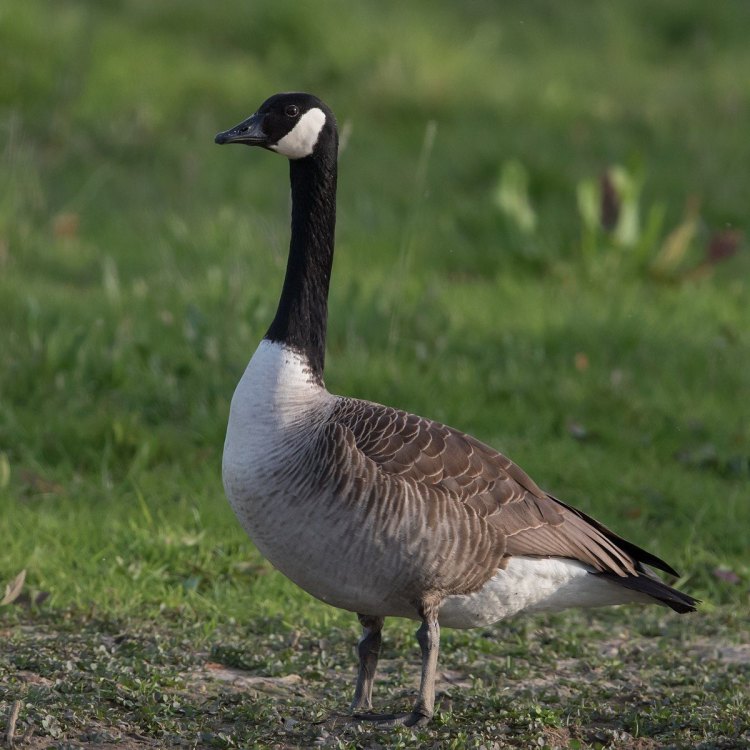
Discovering the Majestic Goose: Anser Anser
Disclaimer: The content provided is for informational purposes only. We cannot guarantee the accuracy of the information on this page 100%. All information provided here may change without prior notice.



